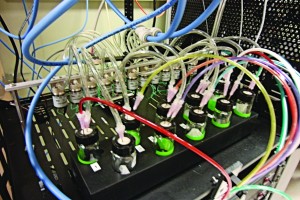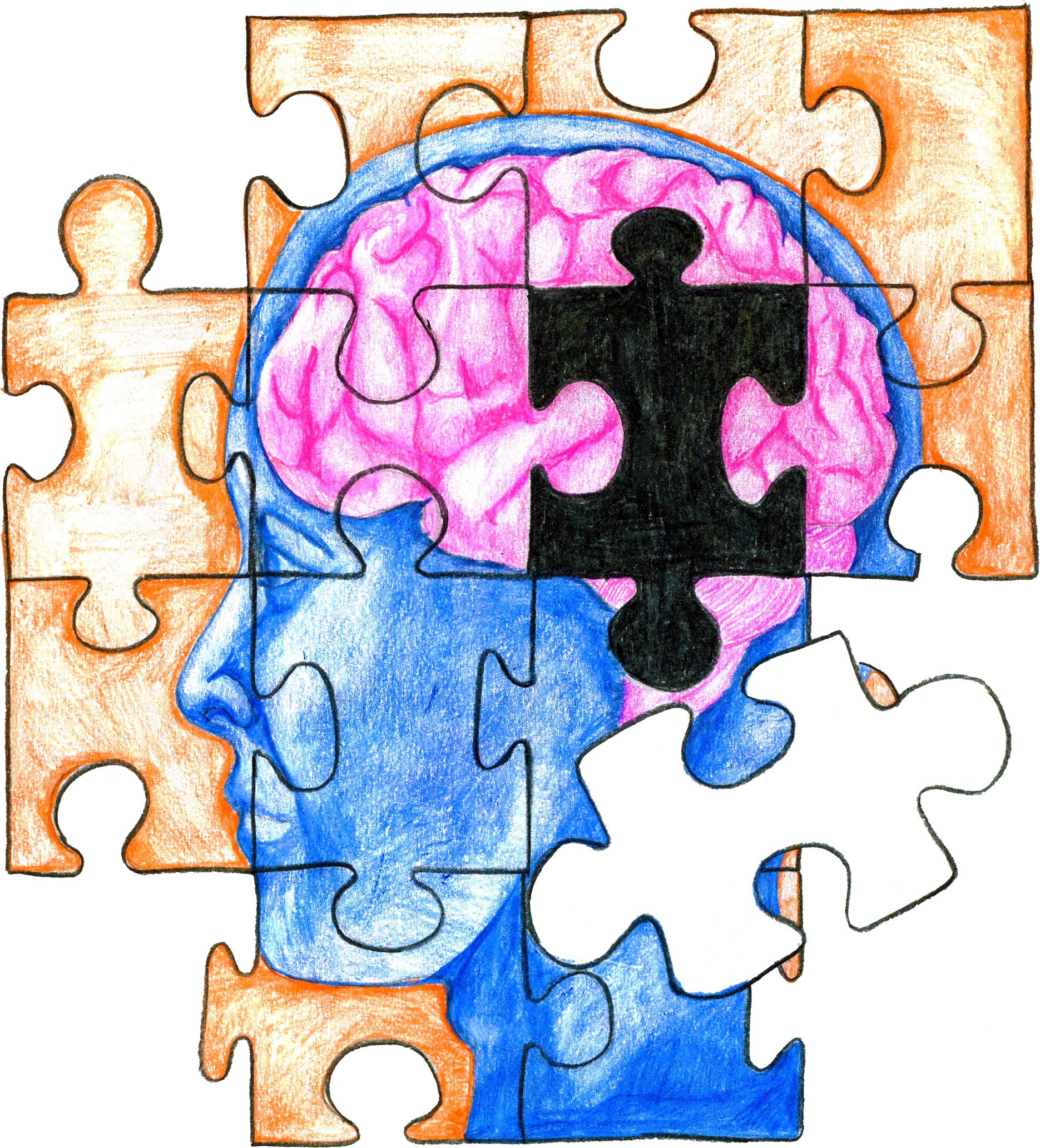A few years ago, a media sensation erupted over the discovery that some dogs can detect the scent of cancer in humans. Now, for the first time, researchers have shown that it may be possible to “sniff out” Alzheimer’s disease in a similar way—specifically, by examining odor changes in urine at the onset of Alzheimer’s.
A recent study by the Monell Chemical Senses Center, the U.S. Department of Agriculture, and Case Western Reserve University investigated the fluctuations in urinary chemicals that accompany the early stages of Alzheimer’s disease. Alzheimer’s is a form of dementia that drastically impairs memory and cognition, affecting approximately 5.1 million Americans over the age of 65. Despite ongoing research efforts, the causes of Alzheimer’s are unclear and effective treatments are nonexistent. This study explored the biochemical changes associated with the progression of Alzheimer’s, revealing possible new routes to improving diagnostics and treatments.
In the study, the researchers utilized three mouse strains that modeled human Alzheimer’s disease by genetic overexpression of the amyloid precursor protein gene (APP). By searching for differences in physiology between the APP Alzheimer’s mouse models and littermate control mice, the researchers discovered that the concentrations of certain volatile chemicals were altered in the urine of the Alzheimer’s mice. These differences may reflect underlying changes in the body’s metabolism.
“This is a proof-of-concept study that shows that Alzheimer’s mouse models possess a distinct urinary chemical profile from mice that don’t harbor the mutation,” said Daniel Wesson, assistant professor of neuroscience at Case Western Reserve University and contributing author.
He explained that these observations in mice could have direct implications for our understanding of Alzheimer’s disease in humans: “There is the possibility that urinary chemical differences in humans with Alzheimer’s could be useful in early detection of the disease.” In short, the smell of a patient’s urine could be a novel diagnostic tool for Alzheimer’s.
Wesson added that research on olfaction, the sense of smell, has often contributed to our understanding of disease. Wesson’s lab studies the mammalian olfactory system, focusing on the intersection between Alzheimer’s and olfaction. In addition to this study on urinary odors, his lab has also investigated the neurological basis for the defects in the sense of smell in Alzheimer’s patients.

Justus Verhagen, a Yale professor and neuroscientist at the John B. Pierce Laboratory, believes that olfaction has not received adequate scientific attention. “The sense of smell is absolutely undervalued both scientifically and clinically. Specifically, the sense of smell is underused in Alzheimer’s research—both in terms of changes in the patient’s ability to smell, and changes in the patient’s own odors due to the disease.”
Verhagen pointed to the relatively well-known example of dogs trained to sniff out the earliest signs of cancer. “If we could do the same thing for Alzheimer’s, by training animals to pick up the different smells of patients versus non-patients, we would have an additional diagnostic tool besides brain imaging and cognitive testing,” he said.
In fact, Wesson said that he was partly inspired by the earlier findings that animals can detect cancer. Previous research in this area fascinated him: “Groups around the world have been training animals to detect the smell of cancer in T-shirts and skin samples, and so on. Some literature even suggests that transient biological events—including seizures and glucose levels—can cause significant odor differences in both the urine and the body. Knowing about this was definitely one of the motivations for our project.”
Still, the results of this study cannot yet be translated into a feasible diagnostic for Alzheimer’s, as several limitations highlight the necessity of continued research. Wesson noted that, while mice are valuable models for human conditions, mouse and human metabolism are drastically different. The changes in urine discovered in mice may be dissimilar to changes in a human patient. Moreover, since a mouse has a lifespan of only two and a half years, the disease must follow a condensed trajectory of pathogenesis in mice.
“The mice are partial models, and while they can be powerful, it’s difficult to recapitulate an incredibly complex human disorder in a mouse,” said Wesson. Thus, continued research and testing with human subjects is necessary before the results of this study are applicable for Alzheimer’s patients.

Additionally, the researchers do not fully understand why certain chemical concentrations in the urine fluctuate in response to pathogenesis. They have, however, documented the precise changes to understand that exactly sixteen chemical components change in concentration. All of these components were already present in the urine, suggesting that the development of Alzheimer’s does not lead to the addition or deletion of a chemical in the urine. However, the biochemical basis for this phenomenon remains hazy.
“It would be unfounded speculation to try and say exactly why one of these molecules changed in concentration at this point,” said Wesson. “That would require careful biochemical work.”
Despite the limitations of the study, its preliminary results hold enormous potential for scientific and medical discoveries. The study provides insights into the genetic, cellular, and molecular factors that contribute to the onset and progression of Alzheimer’s. “Basic biological research is very important. We hope to uncover insights that open doors in ways that we can’t even imagine, doors that lead to diagnostics, treatments, and maybe even a cure,” Wesson emphasized.
Urinary biomarkers could become not only a new diagnostic tool for early stage Alzheimer’s, but also a valuable research tool for scientists studying the disease. A robust understanding of the biochemical factors behind Alzheimer’s disease could provide a more sensitive methodology for researchers. For instance, in a future clinical study testing a potential cure for Alzheimer’s, researchers could use urinary chemical profiles to monitor disease progression in test subjects or detect subtle improvements in condition.
This study has paved the way for advances in treating a prevalent and disastrous disease. “It’s a huge public health issue. It’s important that we continue to discuss this kind of research, since the possibilities at this stage are still unknown to anyone,” said Wesson. The research is gaining well-deserved attention: “This is an original and exciting study. Looking at the differences in urinary compounds, researchers are asking, ‘How can we relate these changes back to abnormalities in metabolism and genetics? What could underlie these changes? What does it mean?’ We need to keep asking these questions,” stated Yale Professor Verhagen.

